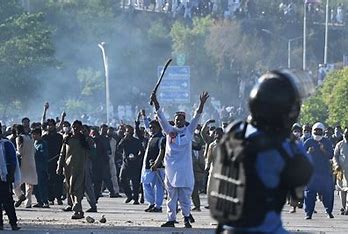
Delhi has recorded its hottest May in 11 years, with both daytime and night time temperatures significantly warmer than usual. The average maximum temperature at Safdarjung, the city’s base station, was 41.4 degrees Celsius, the highest since 2013’s 41.5 degrees Celsius. This temperature is 1.5 degrees above the typical May maximum of 39.9 degrees Celsius.
Similarly, the mean minimum temperature for May 2024 (up to May 30) was 26.4 degrees Celsius, the highest since May 2016, which recorded 26.8 degrees Celsius. The usual minimum temperature for May is 25.8 degrees Celsius.
With only 0.4 mm of rainfall this May, Delhi faces a 99% rain deficit, marking the driest May since 2013, which saw only trace amounts of rain. Warmer nights have exacerbated the heat, as the lack of cooling overnight causes daytime temperatures to rise further.
Kuldeep Srivastava, head of the Regional Weather Forecasting Centre at IMD, explained that this May, the difference between day and night temperatures was only 12-15 degrees Celsius, whereas a variation of around 20 degrees Celsius or more would make nights more comfortable. Strong easterly winds on some days also prevented nighttime temperatures from dropping, keeping them around 29-30 degrees Celsius for seven days.
IMD data shows that Safdarjung experienced five consecutive heatwave days, with some Delhi stations seeing heatwaves for over 10 days. The maximum temperature has been above 40 degrees Celsius continuously since May 14, and many days in the first week of May also exceeded 40 degrees Celsius.
A Met official noted that dry, warm winds from Rajasthan and southern Haryana, which have high temperatures, contributed to Delhi’s rising temperatures. Clear skies, due to the lack of rain, also led to increased surface heating. Only one western disturbance affected Delhi in May, resulting in very light rainfall on May 11. Typically, three to four western disturbances impact the plains in May, but this year, the IMD predicts only very light rain or drizzle on May 31 and June 1 due to a weak western disturbance.















